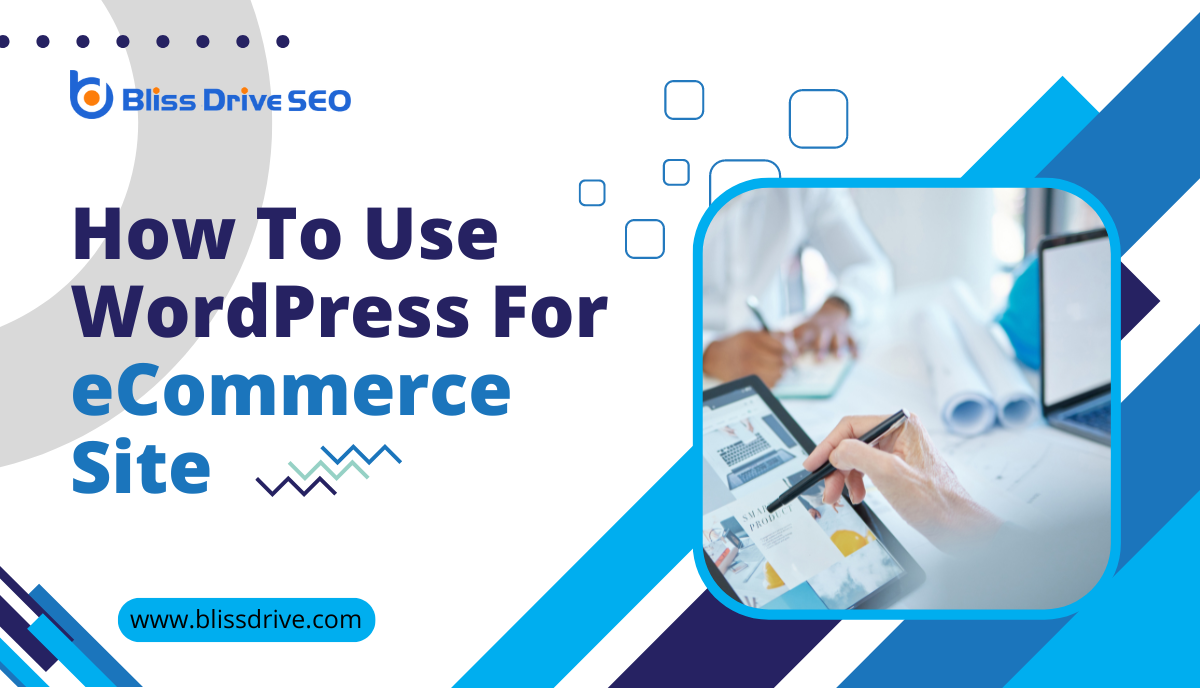Digital Marketing Services
Learn More About Us

WordPress is especially advantageous for building an eCommerce website, as it comes with a plethora of readymade themes optimized for an online store. Additionally, it has plugins that enable a site to incorporate full eCommerce functionality — from providing product displays through the shopping cart to ensuring a smooth checkout process.
Indeed, one of the primary reasons to choose WordPress is that it is a flexible platform that gives you complete control over the functionality and appearance of your website. You can also incorporate a forum, a blog, and any other pages you require in addition to your eCommerce storefront.
If you want to utilize WordPress to create an eCommerce site, all you have to do is pick a domain nameThe address of a website, crucial for branding and SEO. and hosting provider, choose appropriate eCommerce plugins and install them, set up your product pages, and then select payment gateways.
Check out our guide for a step-by-step on creating an eCommerce site through WordPress below.
While WordPress itself is free, it's strongly recommended that you purchase an affordable domain for about $10/year from any of the many web hosting services out there. You'll want to pick one with reliable uptime and fast speeds so customers can access your site quickly without buffering. Some of the popular hosting services are BlueHost, HostGator, and A2 Hosting.
WordPress does not consist of any built-in eCommerce feature. Therefore, you need to integrate it with eCommerce plugins, like WooCommerce, WP eCommerce, and Easy Digital Downloads.
The process of installation is pretty straightforward. You just need to log in to your WP dashboardA user interface that organizes and presents information in an easy-to-read format, typically showin... and on the sidebar, go to the Plugins section. After that, click “Add New.” Once you’ve added the plugins, you are all set to install them.
Once your plugin is installed, you can start adding products and their product pages. Every plugin works uniquely when it comes to adding products, so mind their process.
For instance, adding products with WooCommerce is simple. Start by going to the admin panel on WordPress and click on “Products,” then go to “Add Products.” From here, simply add the title, image, and description of your product and you’re good to go.
The final step is giving your customers a means to pay for your products. This is done by selecting a payment gatewayA service that authorizes and processes payments for online retailers., which acts as the secure middle man between you and your customer when money is being exchanged. One of the most popular payment gateways is PayPal, but you can also opt for Amazon Payments or WePay.
Now that you know how to use WordPress for eCommerce, you may set up objectives in Google AnalyticsA web analytics service offered by Google that tracks and reports website traffic. to give you information about your visitors' behavior. Check out Bliss Drive’s article to learn how to add eCommerce events in Google AnalyticsThe systematic computational analysis of data or statistics to gain insights and support decision-ma....
